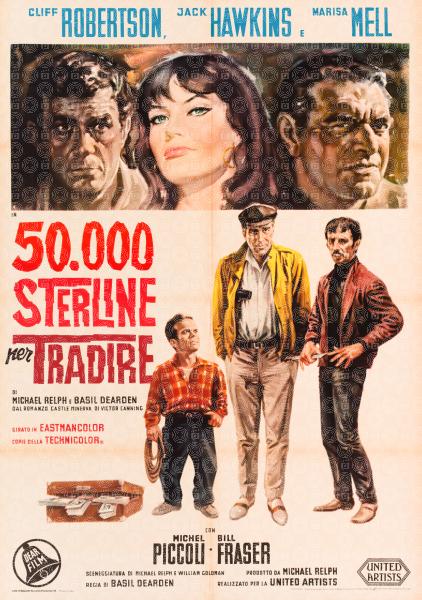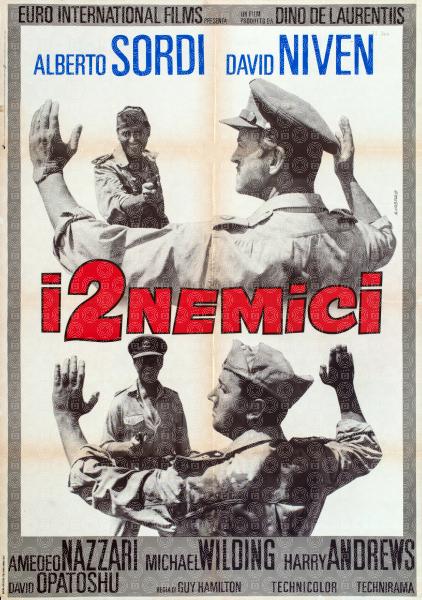Virtual restoration, also known as digital or electronic restoration, has over time assumed a key role in the preservation and enhancement of historical film posters
This material, of great artistic and iconographic value, is often subject to deterioration due to external factors such as exposure to light, humidity, and more or less frequent handling. For conservation and dissemination purposes, in addition to traditional interventions, the need has emerged for digital restoration capable of restoring the works to their original printed condition
Restoration in the various original print formats
In the restoration of movie posters, each format shows characteristic signs related not only to weather damage but also to transportation and folding. Playbills, usually folded in half, often show a single central line of wear, while larger formats, folded in several sections, show several worn lines. Digital restoration of these formats, being printed on a single sheet, focuses mainly on reconstructing missing parts and removing scratches and marks.
Starting with the 140 x 200 cm format (technically called “four sheets”), the restoration process becomes more complex, as the original image was printed on multiple sheets. Traditionally, these were combined to display the poster outside cinemas, but left clearly visible overlaps, inconsistencies and discoloration caused by printing imperfections. Virtual restoration, on the other hand, aims to obtain a continuous image, free of chromatic or visual interruptions; the main challenge is therefore to join the sections perfectly, matching, among other things, the lithographic screen characteristic of prints of the time.







